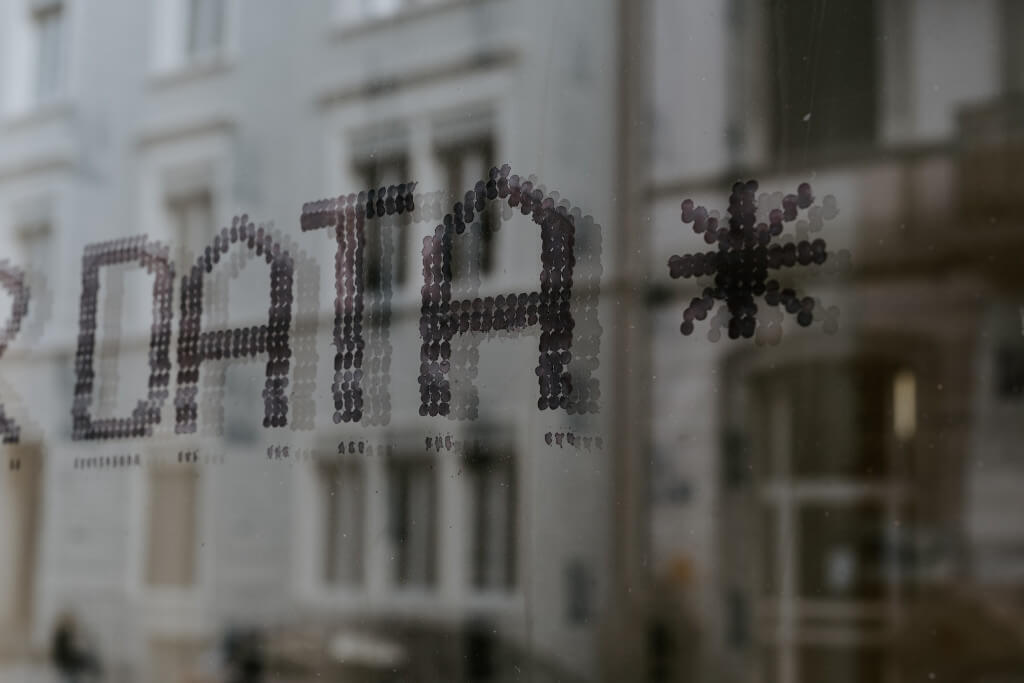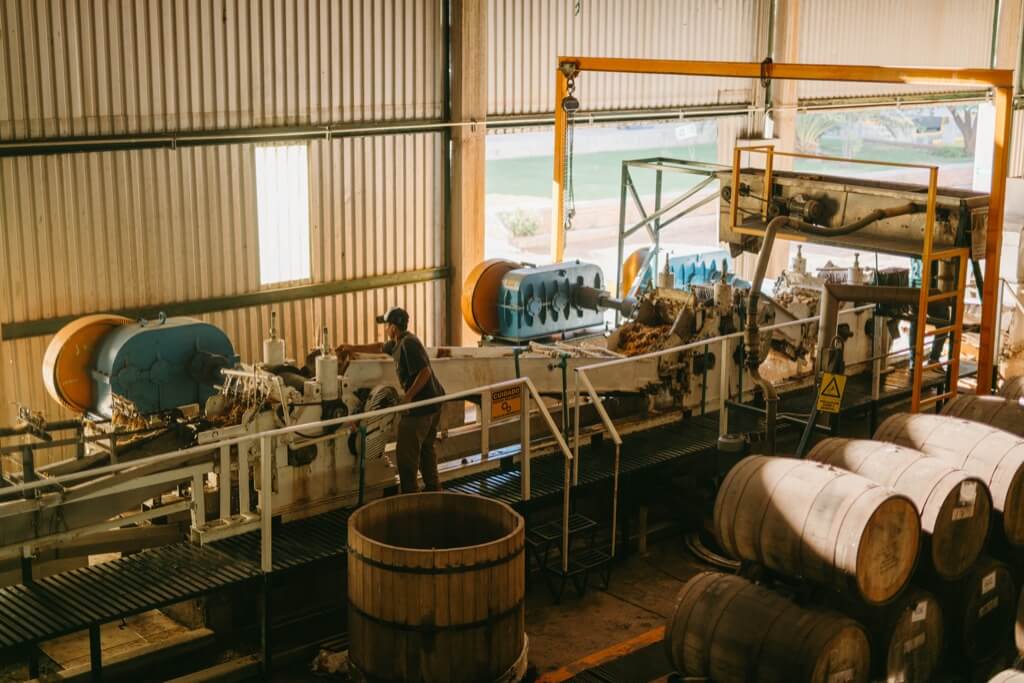Peat, decaying vegetation found in wetlands, especially in Scotland, isn’t only a piece of the whisky world anymore. It has long been considered the soul of single-malt Scotch, imparting the smokey, salty, and woodsy flavors to that spirit. But now this element is making its way into the wider alcohol sector, appearing in vodka, rum, gin, and whiskey in the US and elsewhere.
The practice of adding peat to spirits other than Scotch is capturing the attention of both craft spirit producers and customers who are seeking innovation and new flavor experiences. This trend is reflective of a larger shift in the spirits business, which is looking to produce unique products by experimenting with new flavors and techniques.
American craft distillers are adding a touch of local character to traditional Scottish whiskeys by experimenting with peated malt. The result is spirits that are both familiar and unexpected. This method has resulted in a wide range of peated spirits, including vodkas, ryes, and bourbons, all of which have their own distinct spin on the earthy, smokey notes that peat gives.
Although not everyone enjoys peated whiskies, distilleries like Kings County in New York’s have discovered that they have a devoted fan base and a respectable place in the market for peated bourbon. Liberty Pole Spirits agrees, saying that peated bourbons and ryes, albeit divisive, have changed the lives of some drinkers.
A growing number of American distilleries are looking into localized peat sources as a way to give their spirits a more personal touch. In an effort to capture the spirit of the Pacific Northwest in their wares, several businesses, including Seattle’s Westland Distillery, have begun using peat from nearby areas. This regional sourcing fits in with a rising trend among distillers to incorporate elements of their surroundings into their spirits, which enhances the story and allure of their products.
The spirits industry’s broader trends reflect an increasing openness to experimenting with flavors and production techniques. This experimentation extends beyond peated spirits to include other alternative flavor routes in whiskey making, as well as innovations in vodka and other categories aiming to stay relevant amid changing consumer preferences.
Some Say Peated Spirits Bring a New Perspective
On one side, enthusiasts argue that peated vodka is a breath of fresh air in a category that has long prided itself on purity and neutrality. Traditional vodka, while versatile, often lacks the complexity and depth that peat can introduce. By incorporating peated barley, distilleries like Bloomsbury Distillery in London are pushing the envelope, offering a novel experience to consumers seeking depth and distinction in their spirits.
This innovative approach doesn’t just expand vodka’s flavor profile; it challenges our very understanding of what vodka can be. In a world where gin has seen a renaissance through botanical diversity, why can’t vodka undergo a similar evolution? Peated vodka stands as a testament to the spirit’s potential versatility, blending the smoky, savory qualities of peat with vodka’s smooth, clean finish. It’s an invitation to explore beyond the traditional, to reimagine vodka’s role in the craft spirits narrative.
Others, Not So Much
On the other hand, vodka purists contend that peat is an unnecessary addition that takes the spirit away from its original character. Mixologists use vodka, which has long been lauded for its neutrality and clarity, as a blank slate to create a myriad of cocktails. Distilleries run the danger of watering down vodka and losing sight of its centuries-old character by adding peat, a flavor characteristic commonly linked with Scotch whiskey.
According to critics, this tendency towards peatification may turn off traditional vodka drinkers who value the spirit for its complexity and adaptability. There’s apprehension that the business may lose sight of what has truly made vodka a household name in its quest for innovation—its classic, ageless appeal.
Why the Movement Toward Peated Spirits Truly Matters
Vodka and other peated spirits are becoming increasingly popular, and this trend is indicative of larger cultural and structural shifts in the spirits market. A more varied and adventurous future for spirits enthusiasts is hinted at by this movement, which is notable for multiple reasons. Now we can go into the importance of this by incorporating essential points:
Raising Interest in New Flavors
More and more distilleries are experimenting with peat in spirits other than conventional Scotch, which is a great way to get people to try new things. A broader spectrum of tastes is satisfied, and the realm of spirits is accessible to individuals who might not have dared to venture there before, thanks to the variety of products.
Fresh Ideas & Originality
One example of the inventiveness of contemporary distilleries is the use of peat in a variety of beverages. It’s proof that the craft movement was not afraid to experiment, providing customers with one-of-a-kind experiences that they wouldn’t find anywhere else.
Importance to Society and the Past
Spirits, particularly Scotch whisky, have a long and storied history of using peat. Distillers are adding fresh narratives to this rich cultural fabric by using it with other spirits. This does double duty by paying homage to tradition while yet updating it so that it speaks to modern audiences.
Academic Possibilities
The growing popularity of peated spirits can be seen as a great opportunity to educate spirits enthusiasts about peating’s history, the significance of terroir in flavor creation, and the production process. With this information, drinking becomes more than just a means to an end—it becomes an educational adventure.
People today are looking for products with a backstory and genuine ingredients. Peated spirits provide both, allowing consumers to feel more connected to the stories and traditions of the spirits they drink. This shift highlights how important it is to be open and communicative in today’s business world.
Distilleries are pushing the boundaries of what spirits can be by playing with peat in unconventional ways, and they want their customers to do the same by being receptive to new ideas and willing to try something new. With the world becoming more interdependent on one another, this curiosity is more important than ever.
A Focus on Local Suppliers and Sustainability
Some distilleries’ efforts to find local peat supplies are part of a larger movement toward sustainability and using regional ingredients. Not only does this help the environment, but it also boosts local economies and brings people together, whether they’re buying something or selling it.
Peat’s path from a key element in Scotch to a creative ingredient in various spirits highlights a larger story about tradition, innovation, and cultural influence in the world of drinks. It shows us that even the most established traditions can inspire new ideas, and sometimes, it’s the unexpected combinations that resonate the most.
Perhaps the real question isn’t whether peated vodka is good or bad, but rather how it can coexist with traditional vodka offerings. Like the rise of flavored vodkas, peated versions could simply represent another choice for consumers, not a replacement of the classic spirit. This perspective suggests a spirits industry rich in diversity, where there’s room at the table for both the time-honored and the cutting-edge.





